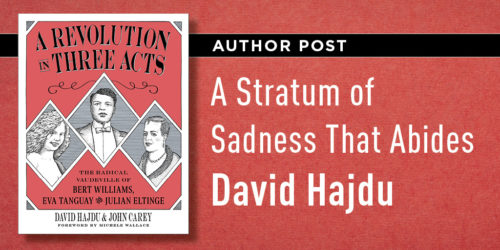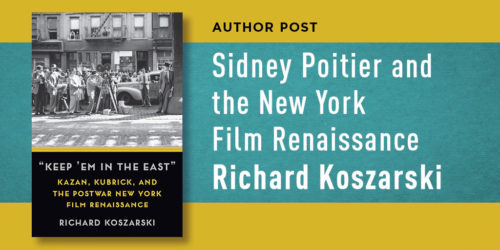Reconceptualizing Justice for the Victims of the 1921 Tulsa Race Massacre Nicole Iturriaga

On January 11, 2022, Hughes Van Ellis turned 101 years old. He is quoted in the local Tulsa news as saying, “My birthday cake is sweet, but justice is sweeter.” He, along with Viola Ford Fletcher and Lessie Benningfield Randle, both 107, are the last living survivors of one of the most horrific instances of racial terrorism in U.S. history, the race massacre of Black Wall Street, in Tulsa, OK, in May1921.
Over the course of twelve hours, white citizens decimated the thriving Black Greenwood district. The riotous white mob had been armed and deputized by the local police and, later, supported by the local National Guard. The Black residents, many of whom were recently returned WWI veterans, despite being outnumbered and out armed, were able to hold the rioters back for hours. Eventually, however, the whites breached the barricades. The ensuing violence was brutal. Black residents were beaten, many were killed, and others were thrown into holding pens. Their homes and businesses were looted and burned. What remained was destroyed by sticks of dynamite thrown from prop planes, aiding the total destruction of 35 blocks of Greenwood. For months after, Black residents were held in makeshift prisons secured by the National Guard. Not one person was ever held legally responsible for the violence and destruction.
It is speculated that somewhere between 70 to 300 residents were murdered that day. However, what happened to their bodies is as much a mystery as the final death toll. Additionally, though actual monetary loss to Black generational wealth is difficult to calculate, experts place the starting number around $200,000 million. Yet both the story and history of the massacre remained buried for much of the twentieth century. In his book Death in the Promised Land: The Tulsa Race Riot of 1921 (highly recommended), historian Scott Ellsworth demonstrates how the story of the Black Wall Street massacre was effectively erased as the “fathers” of Tulsa had newspaper articles and photographs of the event removed from archives, ensuring that any public discussion of that day was silenced. This approach was largely effective until the 1990s, when Tulsa reentered the national conversation via a segment on the Today Show and again in 2019 with the broadcast of HBO’s The Watchmen, which depicted the violence in its pilot episode.
For many victims of long-forgotten acts of violence, legal justice, even recognition, can be difficult if not impossible to achieve. Societies, often aided by their governments, such as in Tulsa, move on, with new generations knowing little to nothing about their violent pasts. Time marches forward as perpetrators and survivors die. This begs the question: can justice be reconceptualized and achieved in cases of long-passed violence, and, if so, how?
To answer these questions, we can observe other reckonings with long-passed violence as well as what new forms and means of justice have resulted both societally and for the victims who have been waiting. In my book, Exhuming Violent Histories: Forensics, Memory, and Rewriting Spain’s Past, I explore how human rights workers use a variety of tools and tactics (such as forensic science) to expose the truth in instances of state terror and to reconceptualize what justice means. I do this by unpacking the results of the Spanish Civil War and the Franco regime, which like Tulsa, revolve around reconciling historical state violence followed by sanctioned silencing. Yet, in the Spanish case, social movement actors have been able to make serious progress in breaking this silence and changing the dominant historical narrative through a global forensics-based human rights movement.
For many victims of long-forgotten acts of violence, legal justice, even recognition, can be difficult if not impossible to achieve.
The book illustrates how Spanish forensics-based human rights workers use a number of strategies (performance, pedagogy, framing, transnational activist networks) alongside forensic interventions (such as exhumations) to challenge collective memories of violence, thereby contesting the state’s control over the narrative. By exhuming and identifying human remains, creating accurate historical records based on forensic findings, having public discussions about the violence, and acknowledging the humanity and suffering of the victims’ families, human rights workers create new means and forms of justice, especially in cases of long-ago violence. Grounding their claims in science, these workers present themselves as credible and impartial, thereby strategically “depoliticizing” the pursuit of justice. The accumulation of this effort is an expanded accessibility to justice for families impacted by long-ago violence and continued impunity.
As demonstrated in Spain, the ability for families to recover, identify, and rebury their loved ones can be paramount in new models of justice, especially in cases where legal justice is unavailable or out of reach. Currently, the three remaining survivors of the Black Wall Street massacre await the outcomes of forensic exhumations of presumed graves conducted last summer. Simultaneously, they await the results of local and federal lawsuits seeking reparations for the shattering and lifelong effects of the violence. In December 2021, at a hearing in front of Congress, one of the survivors, Viola Ford Fletcher, said, “I have lived through the massacre every day . . . I will never forget.”
Nicole Iturriaga is an assistant professor in the Department of Criminology, Law, and Society at the University of California, Irvine, and the author of Exhuming Violent Histories: Forensics, Memory, and Rewriting Spain’s Past.








